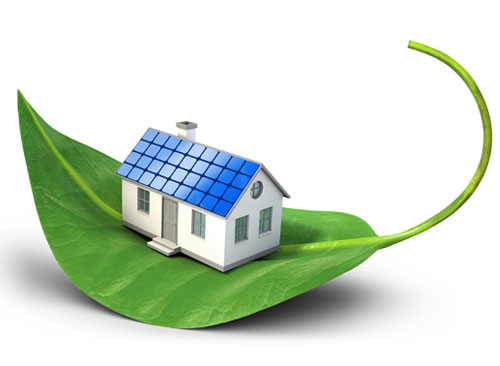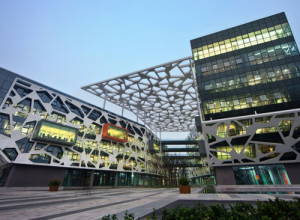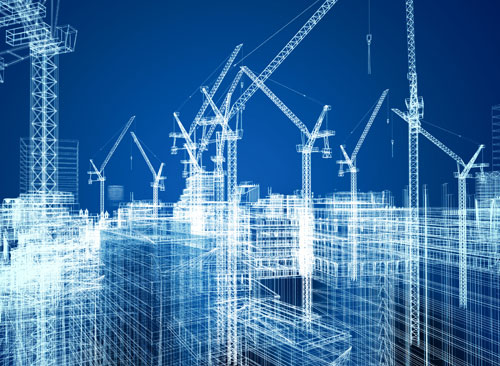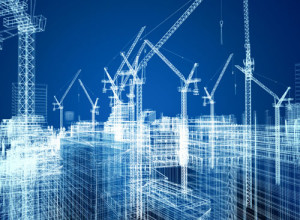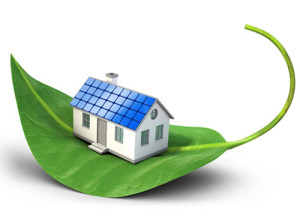 Many companies are already taking it to higher levels by adopting to construction management software along with an added document management capabilities, saving a larger percentage and amounting to much larger profits. Construction managers are up to date and swift in accordance with the latest trends and they follow all the processes and contracts online, which is true even for much smaller companies.
Many companies are already taking it to higher levels by adopting to construction management software along with an added document management capabilities, saving a larger percentage and amounting to much larger profits. Construction managers are up to date and swift in accordance with the latest trends and they follow all the processes and contracts online, which is true even for much smaller companies.
Geo-fencing for the boom in the construction industry.
Geo-fence is an app, which makes use of GPS to track where an object is. Many contractors depend on time-tracking software to make payments to the specific person. Geo-fencing is specifically useful to track any employee’s presence or absence on site to organize and manage the payroll system better. Many other construction-related mobile apps are also coming up, like Red-Trac and Labor Sync, and the trend is ever-growing to become a rage in the coming year.
3D printing is making its way into the construction sites.
3D printing is obviously the future requirement of the construction industry. Most conscious managers are turning to this tool to give way to green construction, thereby saving the costs for their company and adding to the profits. Construction is a conventional industry in terms of technical innovations. The construction industry will effectively and universally adopt 3D printers before the end of this decade.
Commercial construction will be green.
Green building is following the latest trends and saves a lot of costs. In the near future almost 48% of new construction projects which are non-residential will be green. The green effect is continuously on the rising spree and mostly all commercial upcoming constructions will effectively follow this trend very soon. The green construction management software will be the latest demand for all the eco-conscious customers and construction companies will be adopting to the same.
Zero Energy Ready (ZER)
It is powered by renewable energy sources and tends to create a healthy and comfortable environment which has the foundation and the power to stand the test of time and changes. It is the latest trend in efficient home designing and energy saving trends for a better future in the construction industry.
Location of Homes
The biggest trend in home design in the recent era is about the location that it is set in. People prefer closeness to parks and green communities, the growing awareness is not only financially cost-saving, but also social and emotionally beneficial as living in a community has multiple benefits as compared to individual aloof houses.
Micro size matters
Tiny Homes are a glimpse into the extreme world very few of us will actually even imagine entering these are designed so smartly so as to fit in every requirement with economical spaces wherein storage is possible in every way everywhere.There are micro-baths, micro-kitchens and micro-laundry too, where the effective usage of minimum space happens which tends to save a lot of costs too.
Facts about the construction industry
- Value of the Construction industry: $126 billion (2013).
- Total expense of the construction industry: $427 billion (2013)
- Spending growth of the construction industry: seven per cent (2013)
- An average of 11 per cent of India’s GDP was based on construction activity in between the years 2011-2013
- More than 35 million people are employed purely in the construction industry in India.
- After services, construction constitutes for the highest inflow of FDI into India.
- The National Housing Bank’s housing index presents that the prices of houses in India are at the highest level of 233 index points.
- The output of infrastructure has grown at an average of 5.34 per cent per month in the last era.
- Paints and coatings industry shows a value of: $4.79 billion (2012).
- The industry of paints and coatings is expected to grow at a compound annual growth rate of 14 per cent, which will hit a value of $9 billion in the year 2017.
Image Courtesy: www.metadure.com || static4.businessinsider.com ||www.asiagreenbuildings.com || www.ecologikol.com || www.buildingshows.com
